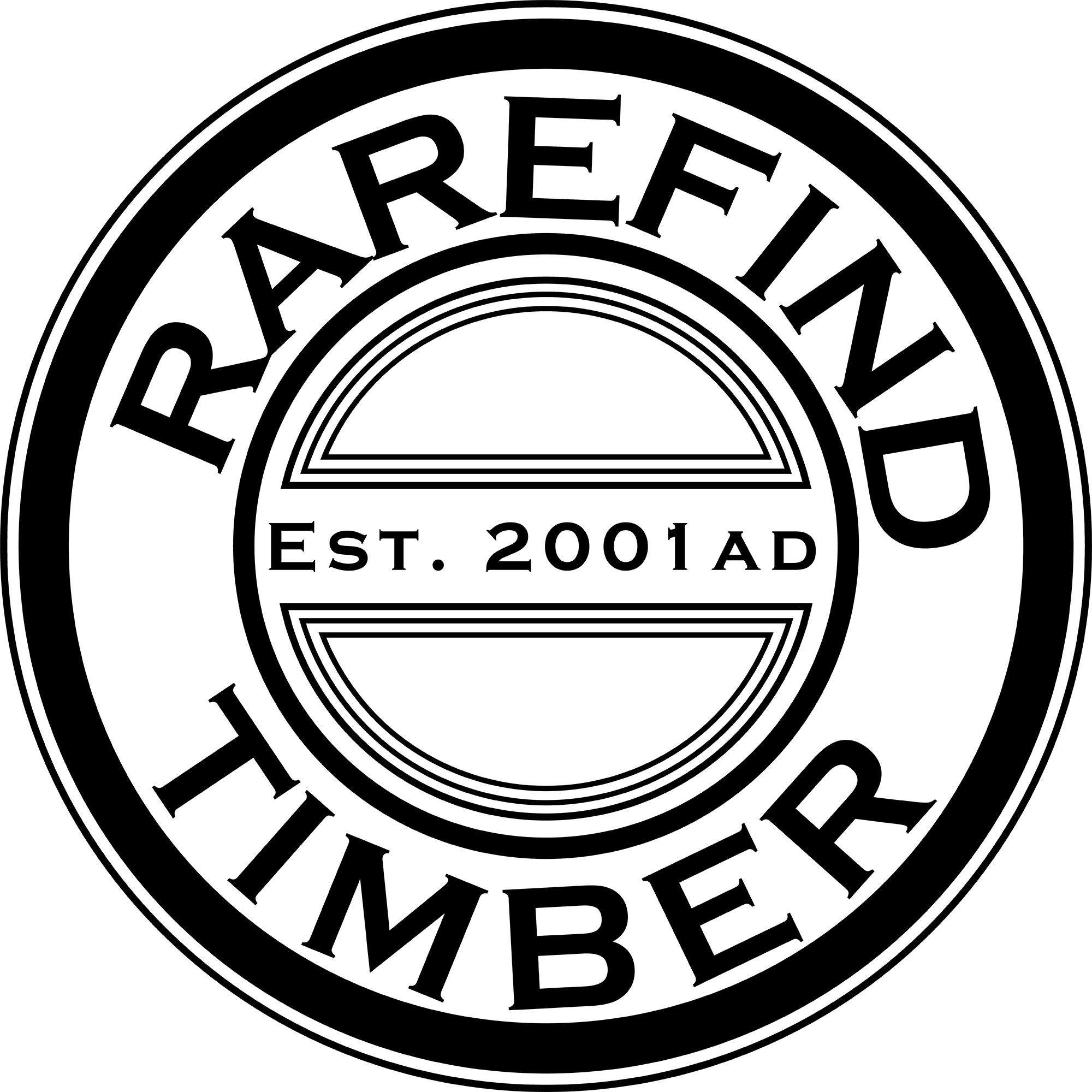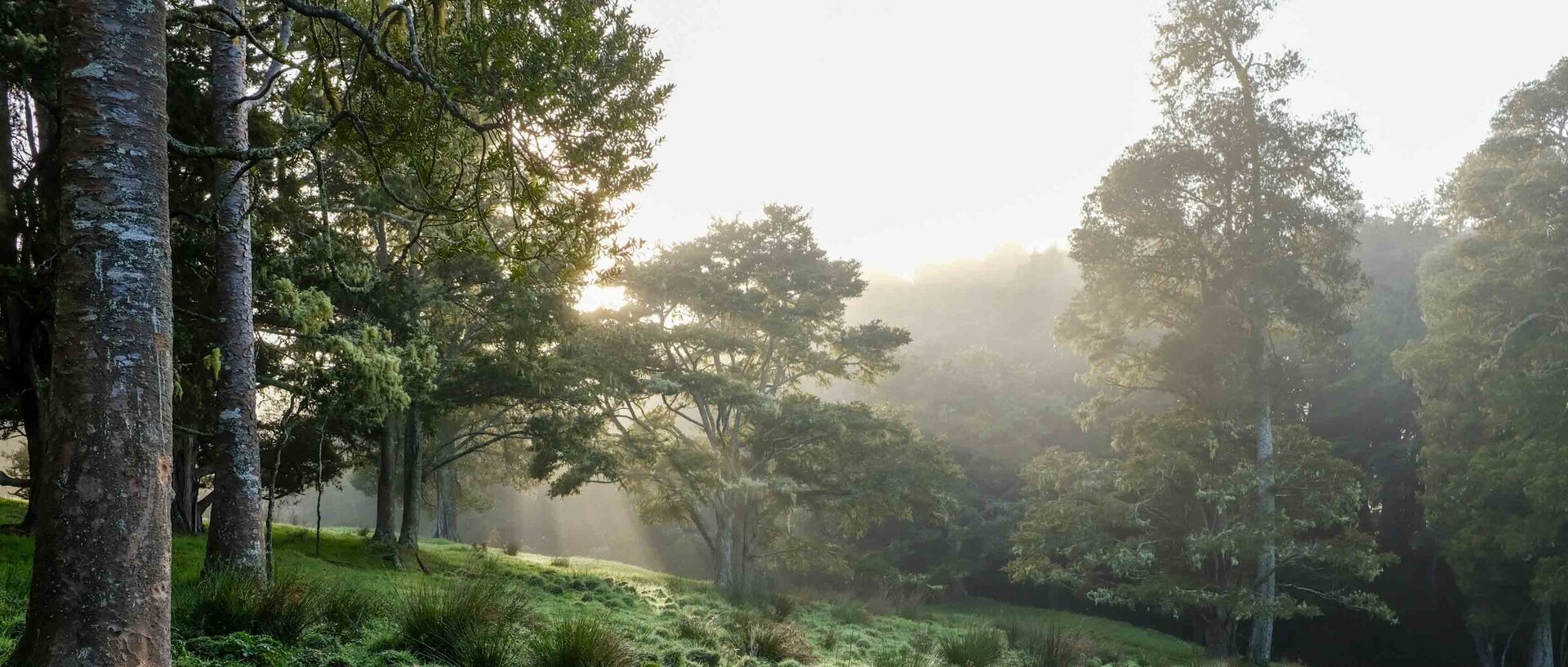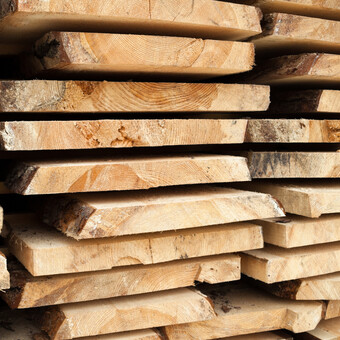Machined Timber
Machining timber involves putting timber across or through a planner producing a smooth surface or surfaces.
The most basic machining is manually running the board over a buzzer or jointer. One wide face is planed so it is straight and flat, then the face is placed against the fence and one edge is planed so you have a square edge. This planed timber is then passed through a thicknesser to plane the rough face. The board is then a uniform thickness, both faces parallel. This is repeated for the edge to produce a uniform width. The resulting board is now straight and of a uniform thickness and width. This method is the one most often used by cabinet makers as it provides a straight gauged board suitable for cabinet making.
On a larger scale timber may be sold as D3S (dressed three sides or skip dressed) and D4S (dressed four sides).
D4S is the most common form. Timber is fed into a large powerful planning machine often called a Four-sider. This machine has multiple sets of blades, top, bottom and both sides. D4S is either machined with square corners or with a beveled edge (rounded). This is commonly done for framing timber, to ensure a standard thickness and width, called ‘gauged’. This method does not ensure the finished board is straight. Further to this timber can be machined with different profiles. To do this, blades are changed from straight cutting blades to shaped profile cutters.
A common example is Tongue and Groove (T&G)
To make T&G, a tongue is machined on one edge and a groove machined on the other allowing the boards to fit together, excluding air and light from passing between aligned boards. T&G is most commonly used for flooring. TGV (Tongue and Groove with a V) is similar to T&G but has a slight bevel on the face edges to produce a V where the board edges meet. TGV is most commonly used for ceiling sarking and internal wall paneling. The V provides a feature line that detracts the eye from detecting the crack (or the varying width of the crack) between boards or panels. Other profiles are produced for exterior cladding e.g. bevel backed weather board and internal finishing timber e.g. Scotia, Skirting and Architrave.
Rarefind holds limited stocks of machined timber
Most commonly D3S kiln dried and skip dressed in three main sizes 45x45mm, 95x23mm, 145x23mm. The 45x45 ready to transform into 40x40 D4S, suitable for benchtops includes species such as Black Walnut, Elm, Oak, Fastigata, Saligna, London Plane, and others. The 145x23mm stock is ready for TGV panelling and sarking includes species such as Lusitanica, Poplar, Cryptomeria, Tulip and others. The same stock but different species goes for T&G flooring includes Black Walnut, Oak, Fastigata, Saligna, Elm and Blackwood. Other stock held may be suitable for Scotia, Skirting and Architrave. D3S stock is also suitable for cabinet makers, still able to be finish machined in the workshop prior to use, D3S often has one straight edge and one flat face the other skipped.
Can't find what you are looking for?
Rarefind doesn’t stock a full range of machined profiles, as rough sawn timber can be used for many different end use purposes. Machined timber’s end use versatility is reduced. Some of the species we stock require specific drying and conditioning just prior to machining followed by installation soon after machining.
Contact Rarefind Timber NZ
General Enquiries
Michael Esson
Mobile: (+64) 27 451 8083
Email: info@rarefind.co.nz
Morrinsville Road, Hamilton
Instrument Timber Enquiries
Malcolm Williams
Email: malcolm@rarefind.co.nz
We’d love to see you at our mill, but as drying and processing of the timber needs to happen at certain times it can be hard to give you the attention we would like.
If you would like to come out, please let us know in advance so we can assist you as best we can.

Feature image supplied by David Curtis, searchparty.co.nz

